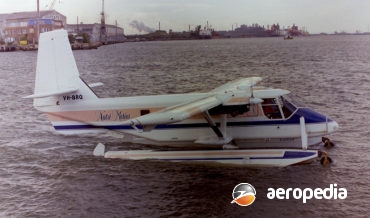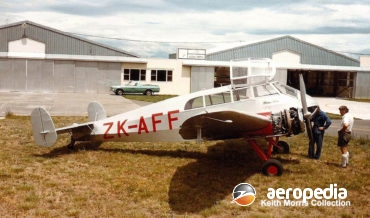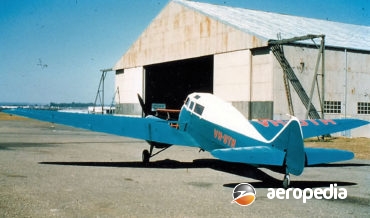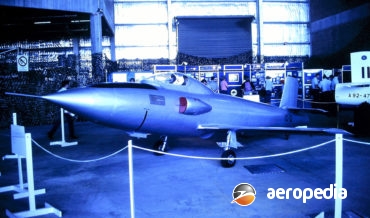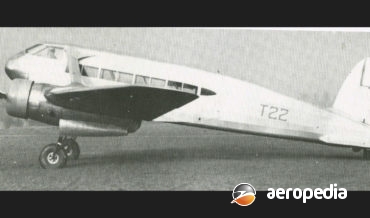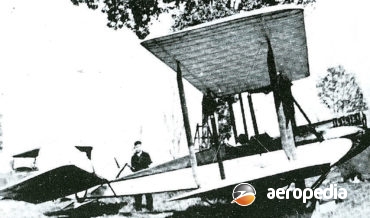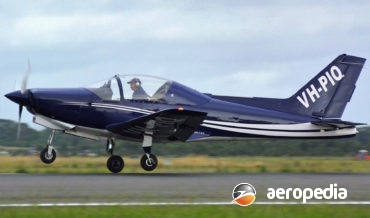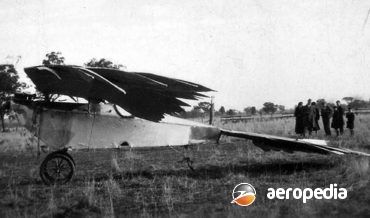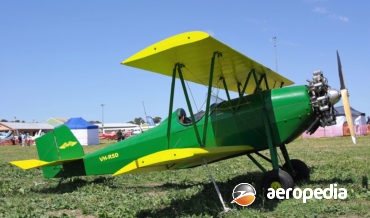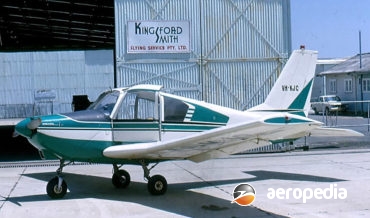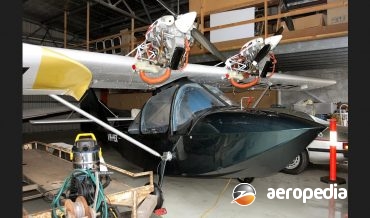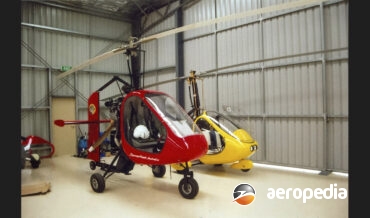All Contents
Contents
During the 1960s the Government Aircraft Factories at Fishermens Bend, VIC, began designing a small utility transport intended to provide a continuing production activity after completion of the GAMD Dassault Mirage IIIO fighter programme and, to meet civil and military needs.
David C. Eyre
- May 8, 2019
In about 1930 the Monospar Wing Co Ltd was set up to build a new design of wing for the British Air Ministry, the new wing being fitted to a three-seat low-wing monoplane named the Monospar ST-3.
David C. Eyre
- May 8, 2019
In January 1976 the N-24 variants of the Nomad, with a 61-cm (24-in) increased length in the nose, and a 1.14-m (45-in) increase in cabin length, flew for the first time.
David C. Eyre
- May 8, 2019
Following the success of the earlier models General Aircraft produced the ST.12. This was a progressive development of the earlier models and was introduced to the market in 1935, being described as a four-seat general purpose monoplane.
David C. Eyre
- May 8, 2019
In March 1948, following a series of meetings between members of the British Ministry of Supply and the Australian Department of Supply and Development, a specification was issued to cover the design and manufacture of a small high-speed pilotless aircraft for use in the guided weapon development program.
David C. Eyre
- May 8, 2019
General Aircraft in 1934 appointed D L Hollis Williams as chief engineer and in that year the Company moved to Hanworth where he commenced design of the ST-18, a ten-seat, twin-engine, low-wing airliner with a cruising speed of 306 km/h (190 mph) and a range in excess of 966
David C. Eyre
- May 8, 2019
In about 1930 in Western Australia Mr E (Ted) Galway, who described himself as a Canadian, designed and built a biplane with wings which could be pivoted on a spanwise line to permit the incidence to the wing to be varied in flight with the additional and important characteristic that
David C. Eyre
- May 8, 2019
One of a new series of high-performance light aircraft marketed by General Avia Co Struzioni Aeronautiche SRL in Italy, the F-22 series was designed by Stelio Frati, a freelance designer who has designed many well known aircraft including the F-8 Falco, Siai Marchetti SF-260 etc.
David C. Eyre
- May 8, 2019
This machine was built by David Gash of Balaclava, VIC commencing in the 1920s using wings designed to represent the wings of a bird. Construction commenced in about 1929 after he obtained the wreck of a Curtiss JN-4 Jenny which had crashed at Essendon.
David C. Eyre
- May 8, 2019
The Gere Biplane was designed by George Gere junior, a 19 year old student at the University of Minnesota, in 1932 as a cheap easy to build light aircraft.
David C. Eyre
- May 8, 2019
Yves Gardan, the designer of the Horizon series of light monoplanes, was well known in France as the designer of the CAB Minicab, Supercab, and other aircraft.
David C. Eyre
- May 8, 2019
Designed by Boris Chernov, the Korvet (Corvette) was a light sporting three-seat amphibian designed and built in Russia and is one of a series of light amphibians and flying boats produced by this Company.
David C. Eyre
- May 8, 2019
The Sparrowhawk is a two-seat gyrocopter designed and developed by Groen Brothers Aviation and built, initially, and marketed by a subsidiary of that company, American Autogyro at a facility in Salt Lake City, Utah.
David C. Eyre
- May 8, 2019
The GA-8 Airvan is a new entrant into the manufacture of light aircraft in Australia, and is the first commercial utility type aircraft put into production since the GAF Nomad.
David C. Eyre
- May 8, 2019
Recent Comments
Archives
Categories
- No categories
Categories
- No categories
Latest Posts
Newsletter

